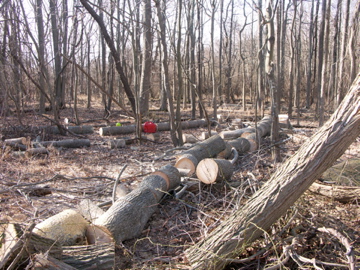Stewardship
Stewardship refers to the responsible management of upland and coastal resources using the best available science to maintain and restore healthy, productive, and resilient ecosystems. In addition to on-site land management efforts, the stewardship program also works with partners at the state, regional and national level to promote better stewardship of coastal habitats.
There are three primary focus areas for on-the-ground stewardship efforts on the Reserve Properties. Although these habitats are relatively uncommon in the state they support a greater number of species that are rare, threatened, or declining in numbers

Vary in type from those dominated by warm-season grasses (e.g. switchgrass, little blue stem) to meadows with shrubs and wildflowers (e.g. blueberry, milkweed) to savannahs, which may include a few mature trees. Nationally and regionally, grasslands and the species they support are declining.

Form along the coastline over thousands of years. The habitat includes several distinct plant communities which develop based on very small changes in elevation. Areas at slightly higher elevations- even 1-2 centimeters- are flooded by the tides more frequently. Many bird species depend on healthy salt marsh ecosystems as nesting or feeding sites.

Are locally and regionally rare habitats consisting of a mosaic of grassland, shrubland, pitch pine forest, and oak-pine forest. This habitat supports a variety of rare species (e.g. yellow-breasted chat and various tiger beetles, moths, and butterflies).




Supporting Healthy Habitats
Many habitat types on Reserve properties require on-going maintenance to promote biodiversity and protect species of greatest conservation need. Maintenance tools and frequency of management actions varies by habitat and, in many instances, requires external resources in the form of expertise, equipment use and/or funding support.



